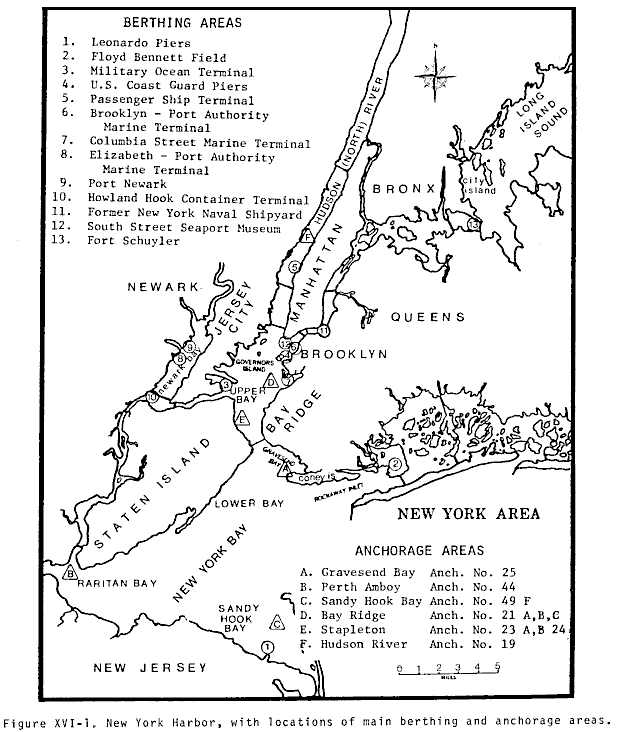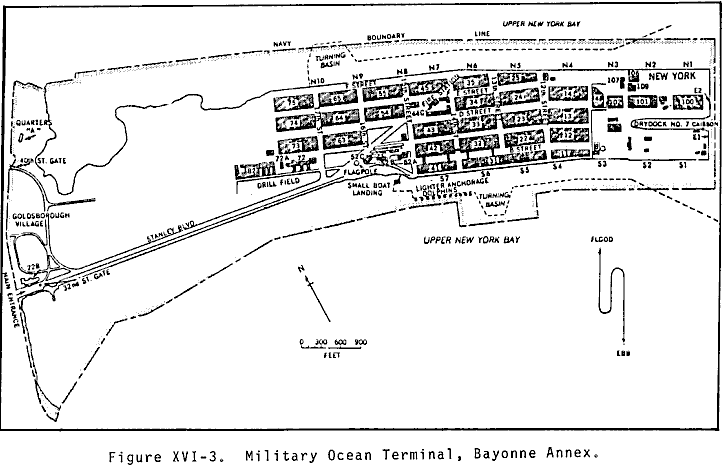




The Navy contended that it would not locate a homeport in an area where there is substantial community opposition, and yet opposition in New York City was consistent, widespread, and adamant. Area residents were strongly opposed to any plan that contemplated basing nuclear weapons in the harbor of our Nation's most populous city. New Yorkers were also concerned that the Navy has no plans to house needed homeport personnel, that it had overstated the economic benefits of the homeporting plan, and that it had ignored key environmental laws in preparing and executing the homeport plan. Concerned residents fought a long and hard battle against the homeport which has included numerous legal efforts to block homeport construction. The Mayor of New York, David Dinkins, testify persuasively that New York does not want and cannot afford a new homeport at Staten Island. Eleven of the 14 members of the New York City Congressional delegation and 16 members of the New York City Council urged closing the base.
New York Harbor, which is located along the western shore of Long Island, extends from the confluence of the Hudson and East Rivers in the north to Lower New York Bay in the south. It includes Jamaica Bay to the east and Sandy Hook Bay to the south. New Jersey ports of Perth Amboy, Port Elizabeth, Port Newark, Bayonne and others are accessible through tributaries which empty into New York Harbor. The harbor complex is located between the New England lowlands and the Atlantic coastal plain. Elevations range from sea level to a high of over 400 ft in the Richmond area on Staten Island. Lower New York Bay is open to the Atlantic Ocean in the quadrant from the east around to the south, while Long Island Sound opens to the northeast. The Upper Bay opens to the south via the Narrows to the Lower Bay. The New York/New Jersey Port area is one of the largest commercial marine complexes in the world. New York Harbor is a large, protected, natural harbor located only nine miles from the Atlantic Ocean. Within the harbor complex there are over 1100 facilities including over 720 piers, wharves and docks (many inactive), good deep-water anchorages and an extensive channel network. Entrance to the harbor is via a narrow man-made channel which is difficult to navigate during heavy weather. The Military Ocean Terminal, Bayonne, New Jersey, (Figure XVI-3) is located on the western side of the Upper Bay about 15 miles from the entrance to Ambrose Channel. There are ten northside (N1 through N10), seven southside (S1 through S7) and two east side (E1,E2) berths located around the terminal peninsula. Northside berths are 570-633 ft long and 29-39 ft deep below mean low water (MLW). E1 and E2 are 400 and 650 ft long, respectively, and 45 ft in depth below MLW. (Note: access to the terminal is restricted to 38 ft depth below MLW.) The south side berths are 28-37 ft deep below MLW and 600-800 ft long; deck heights are 13 ft above MLW. The southern and eastern berths are somewhat exposed to incoming seas through the Narrows.
